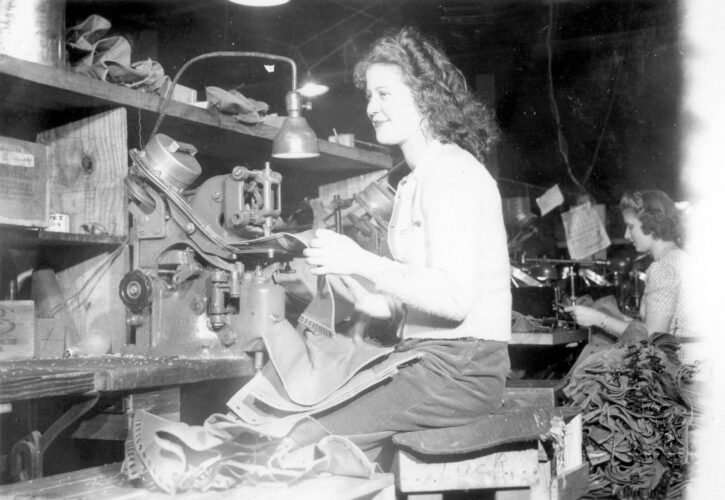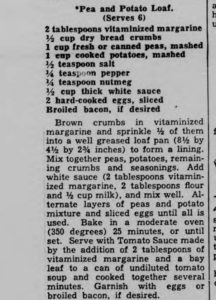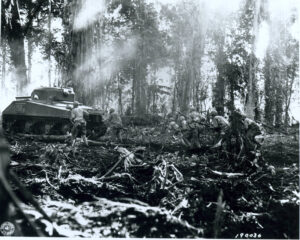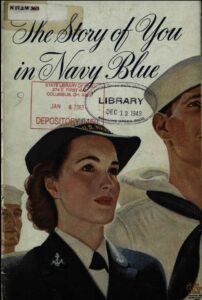The Story of Your Family: Genealogy, Social History, and Ohio Memory

If you enjoy doing genealogy–as so many of us do–you know that it’s not just about collecting names. Once we get those names, and once we know when and where people lived, we get to move to the next step: putting together a picture of their lives. There are plenty of records that can help, such as census and land records to track movement; legal records to track activities or, sometimes, questionable choices (ahem); and probate records to not only find more names but, also, to maybe get an idea of what our ancestor’s household was like. But how do we fill in the blanks after that? How do we learn what our ancestors’ lives were like, day to day? That’s where social history, and Ohio Memory, can help.
Social history is the history of lived experiences. It may include big events but, rather than focus on the event, it focuses on how the event was experienced by the people who lived through it. For example, do you have an ancestor who lived through World War II, either as a soldier or at home? What was that like for him or her? The questions you might ask go on and on, but Ohio Memory can help with many of them.

Bear in mind that, if Ohio Memory doesn’t document your specific ancestor, it doesn’t mean that you can’t find relevant information on his or her experience. Let’s revisit that World War II ancestor for a moment and look at some posters he or she might have seen. After December 7 and the bombing of Pearl Harbor, posters like this one would have been placed at strategic points in your ancestors’ communities, encouraging patriotism and, for eligible Americans, enlistment. Pearl Harbor was a rallying cry; if your ancestor enlisted shortly thereafter, he or she would have been part of a patriotic surge. If not, posters could have spurred him or her to do so. If he or she were not eligible to enlist, there was plenty to do at home. Food, as this poster says, was a weapon, one that could be wielded by shopping wisely (and using rationing stamps); cutting back on meat and using recipes like this one for Pea and Potato Loaf; or fighting the pests that sought to destroy home-grown produce. Knowing only what information you get from these posters, you can begin to imagine your ancestors’ lives, and a picture starts to form.

Ohio Memory’s photos may not show members of your family, but the activities they depict may mirror those in which your ancestors engaged. If your ancestor was one of the hundreds of thousands who fought in the Pacific, you will want to see this photo of soldiers walking behind a tank. Certainly, you can imagine their fear and the strength it took to keep moving forward, which is probably universal for all soldiers, particularly those fighting on unfamiliar ground. Photos that depict soldiers – male and female – in uniform can help you imagine your own ancestor, even if you don’t have a picture of them. Similarly, photos of women engaged in factory work might help you to picture the conditions in which your female ancestors worked.

Pamphlets, also available to researchers, help to tell your family’s story. For example, if you’d like to learn more about women in the military, there are pamphlets on each branch and the roles available: the Women’s Army Corps (WACs); the Women’s Navy Reserves (WAVEs); the Women’s Marine Corps Reserves; the Coast Guard Women’s Reserve SPARs (with SPAR standing for “Semper Paratus…Always Ready”). There are also pamphlets on how to grow a victory garden and how to preserve food at home (note: please follow current preservation guidelines if you choose to preserve food).
Finally – though this post has hardly scratched the surface! – check the World War II Oral History Collection in Ohio Memory. When you click on the linked text, you’ll arrive on the collection landing page, which lists questions that were asked of interviewees. When you read those questions, you’ll see that they speak to universal experiences of the time. You’re sure to find new jumping-off points for your research and new ways to bring vibrant color to your family’s story. And, once you’ve discovered all there is to know about your family during World War II, pick another era and start over! That’s the beauty of research, and of Ohio Memory: there’s always so much to discover!
Thank you to Shannon Kupfer-Trausch, Digital Initiatives Librarian at the State Library of Ohio, for this week’s post!



Leave a Reply
You must be logged in to post a comment.